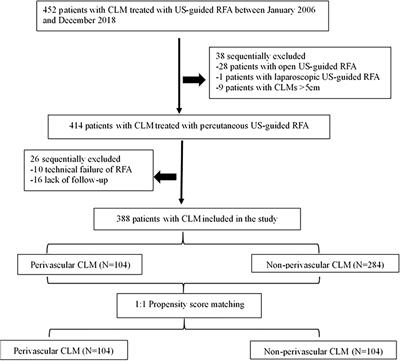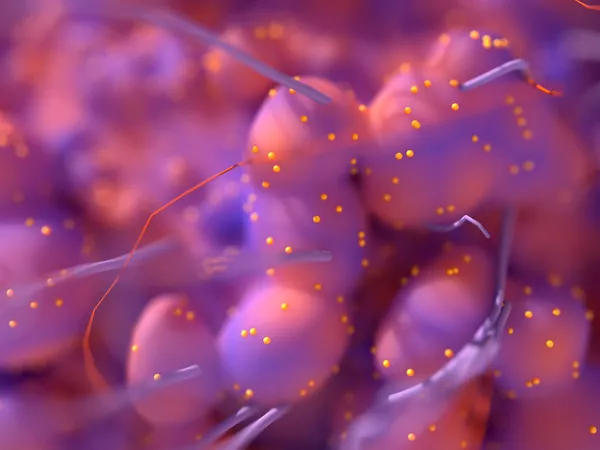ORIGINAL RESEARCH
Published on 07 Dec 2021
Long-Term Follow-Up of Single-Fiber Multiple Low-Intensity Energy Laser Ablation Technique of Benign Thyroid Nodules

doi 10.3389/fonc.2021.584265
- 1,081 views
- 7 citations
16k
Total downloads
58k
Total views and downloads
You will be redirected to our submission process.
ORIGINAL RESEARCH
Published on 07 Dec 2021

SYSTEMATIC REVIEW
Published on 09 Mar 2021

REVIEW
Published on 05 Mar 2021

ORIGINAL RESEARCH
Published on 01 Mar 2021

CASE REPORT
Published on 23 Feb 2021

SYSTEMATIC REVIEW
Published on 27 Nov 2020

ORIGINAL RESEARCH
Published on 18 Nov 2020

REVIEW
Published on 29 Oct 2020

ORIGINAL RESEARCH
Published on 20 Oct 2020

ORIGINAL RESEARCH
Published on 16 Oct 2020

ORIGINAL RESEARCH
Published on 07 Oct 2020

ORIGINAL RESEARCH
Published on 24 Sep 2020

